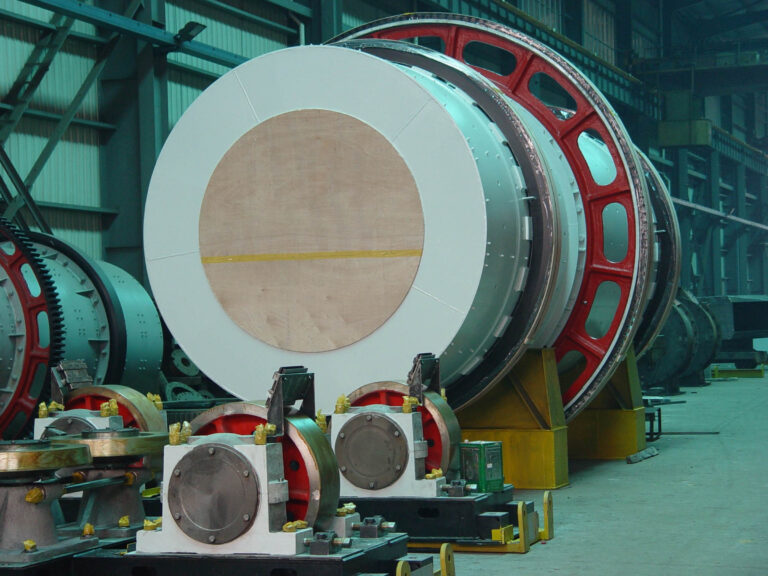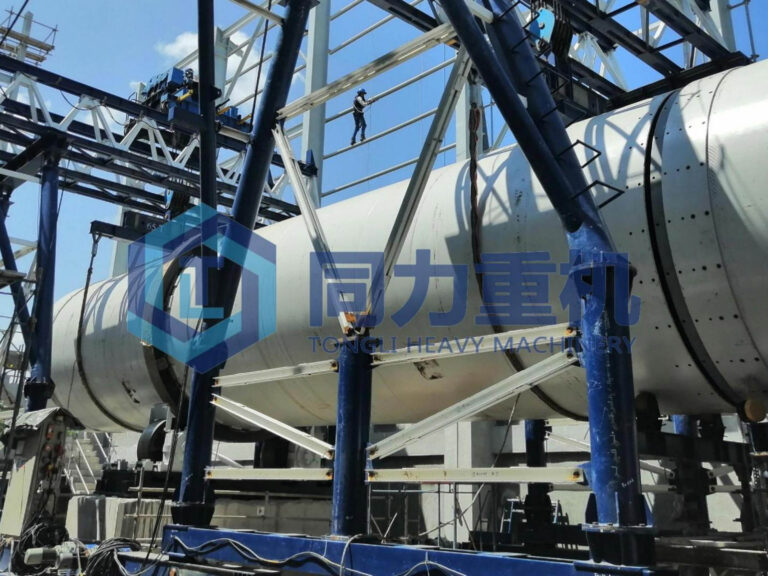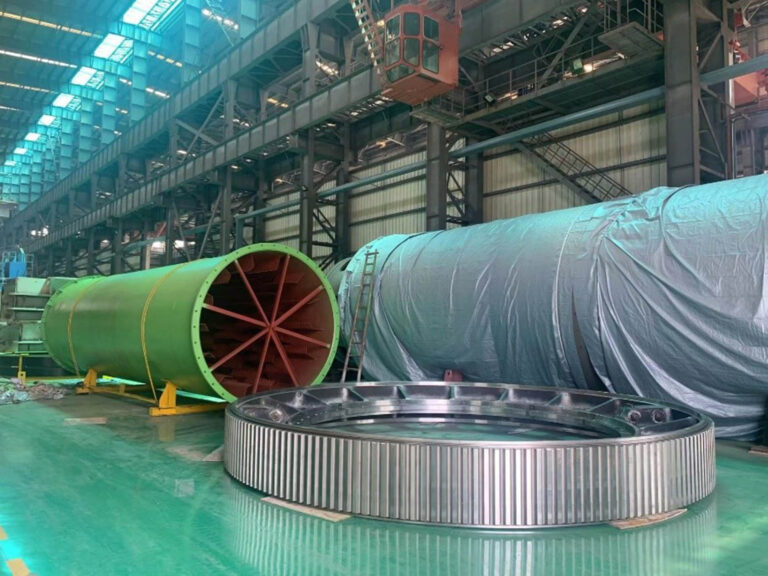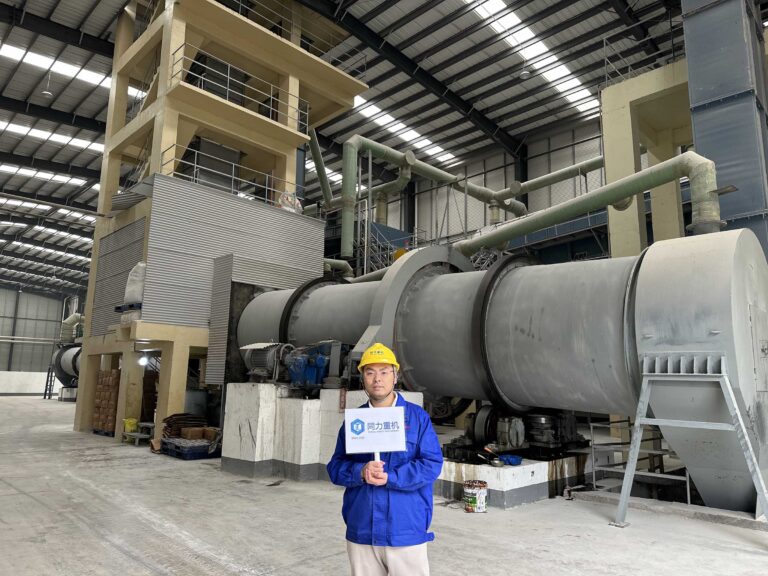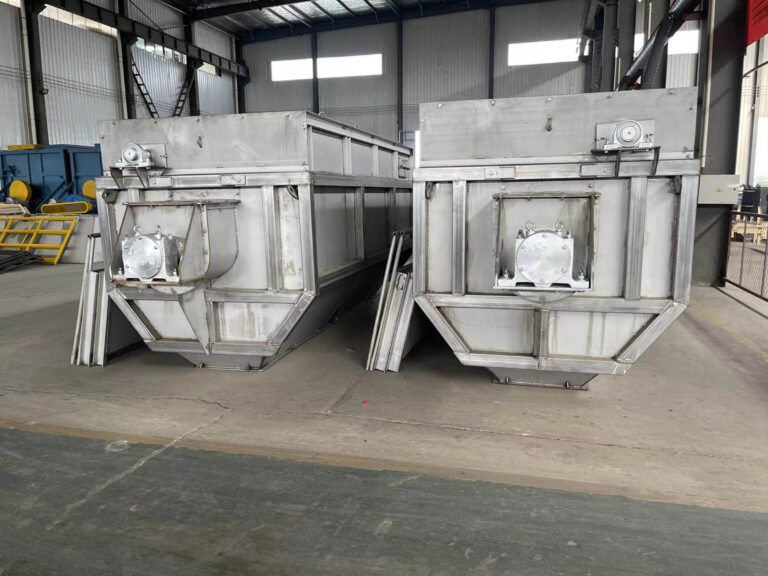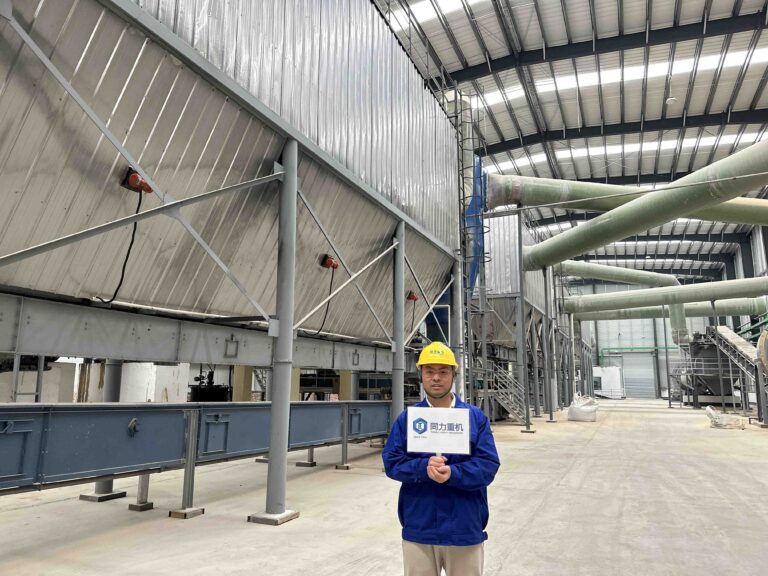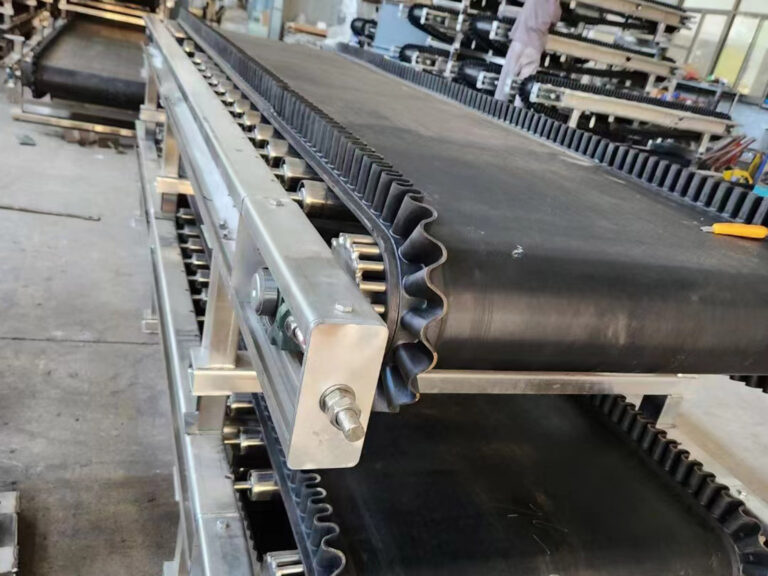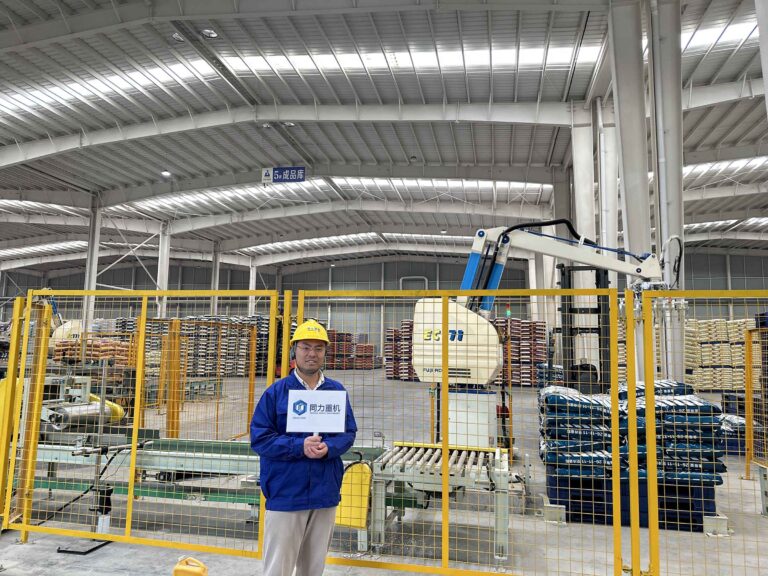Automatic-batching System
Automatic-batching System
Quantitative feeder is a special equipment for continuous conveying and measuring of bulk and granular materials and quantitative control of material flow. Its working principle is that when the equipment is running, the load cell transmits the ring load signal and speed sensor to the weighing control unit, which constantly compares the actual feeding quantity with the set feeding quantity and adjusts the motor speed through the frequency converter to control the ring speed in real time, thus realizing the quantitative feeding of materials.

Advantages of Fertilizer Rotary Coating Equipment
- Suitable for dry and harsh working environments, adopting an optimized design algorithm to overcome the interference of belt deflection and sticky material.
- Optimized design of the feeding port and accumulating chute makes the feeding uniform and the belt speed fluctuation small.
- The control system is set up with various alarms, such as super-deficient material, and can also be configured according to user requirements to realize the integration of management and control.
- Combined with the analog screen system, the real-time data can be uploaded to the large-scale production process data wall. Can also be the automatic batching screen, embedded in the whole process of production DCS central control system.
Rotary Coating Applicable materials
Compound Fertilizer Plants
These plants produce a blend of two or more nutrients, such as nitrogen, phosphorus, and potassium, to meet specific crop requirements. Automatic batching systems ensure accurate mixing of these nutrients in the desired ratios.
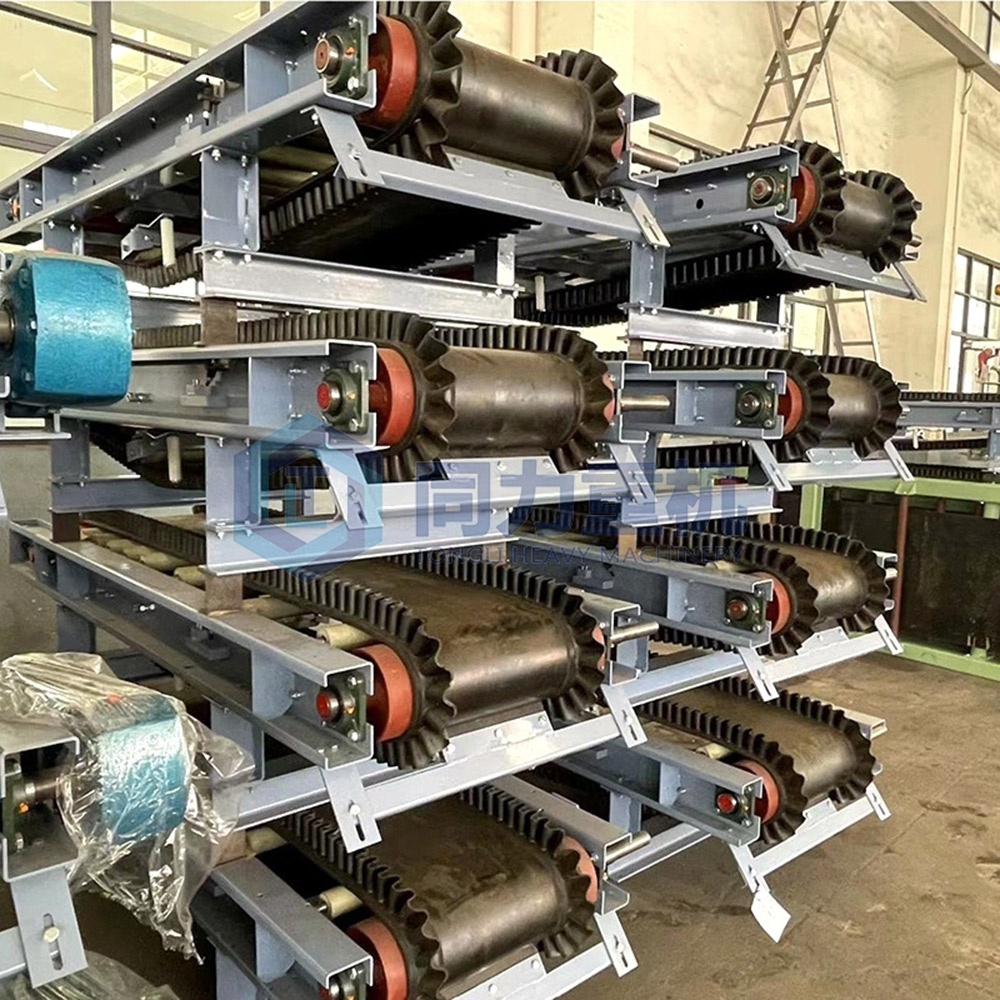
Food Processing Industry
Automated dosage systems can be used for a variety of dosage operations during food processing, such as seasonings and dough,
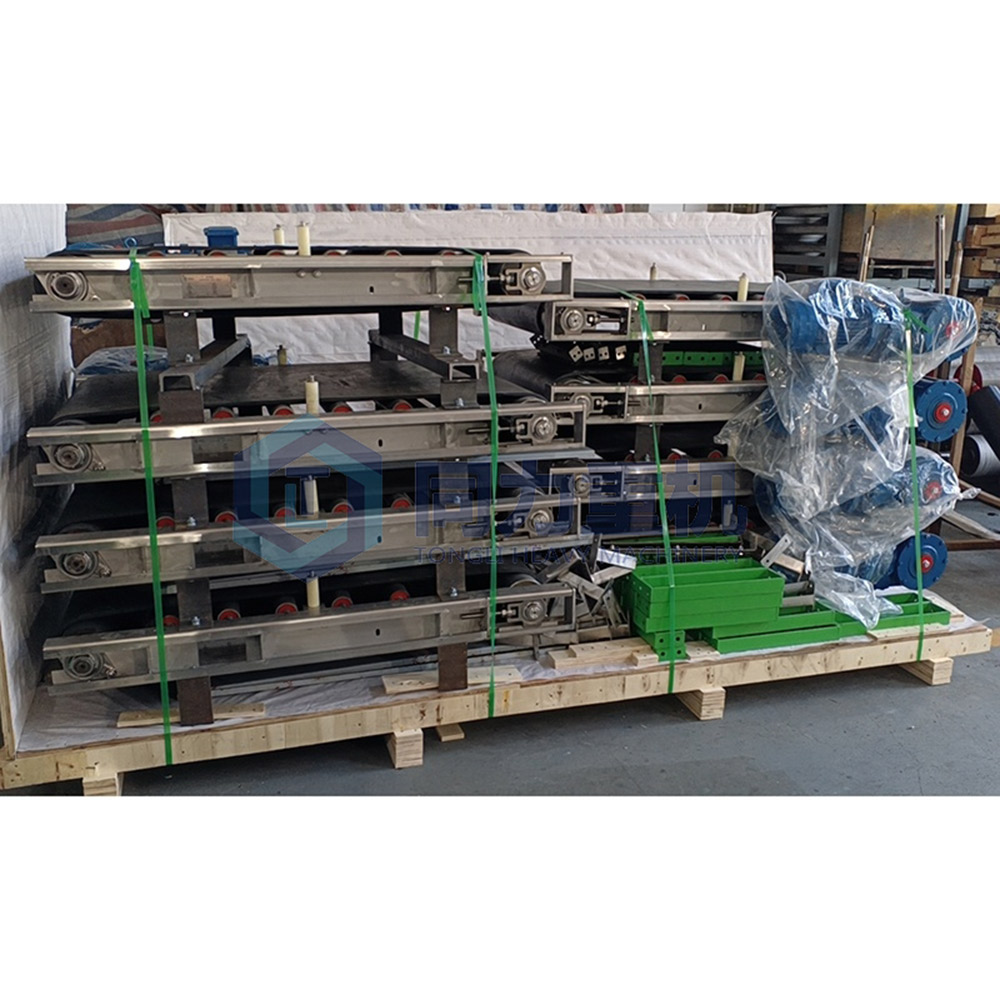
Pharmaceutical industry
Automated dosage systems can be used for dosage operations of various raw materials in the pharmaceutical process, e.g. powders, liquids, etc.
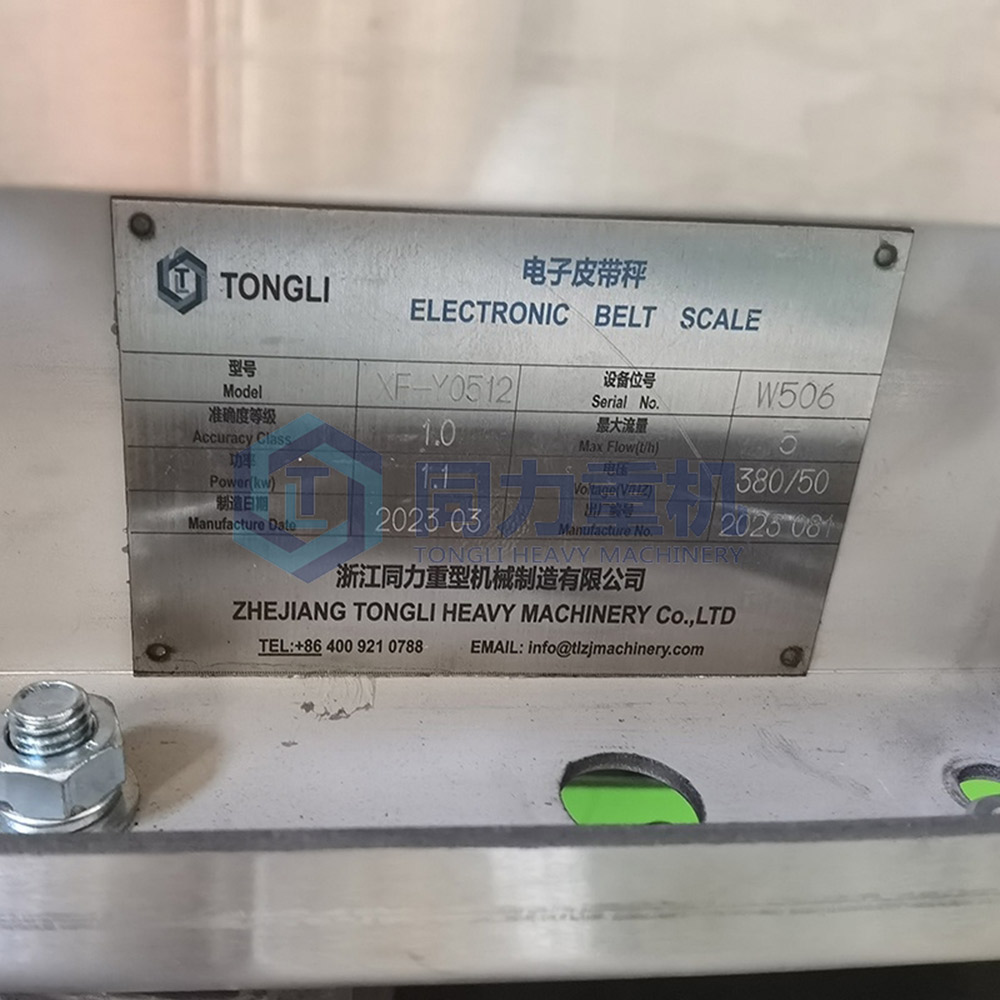

Design principles of compound fertilizer rotary coater
Automatic batching system is to automatically complete the weighing, conveying, mixing and other operations of raw materials according to the preset formula. It mainly includes the following parts:
- Recipe management system: Used to store and manage all kinds of recipe, including the name of raw materials, quantity, order of ingredients and other information.
- Raw material measurement system: used for accurate measurement of various raw materials, including electronic scales, flow meters, material level meters and other equipment.
- Raw material conveying system: used to measure the raw materials transported to the mixing container, including belt conveyor, screw conveyor, pneumatic conveying machine and other equipment.
- Mixing control system: used to control the mixing speed and time of the mixing container to ensure that the raw materials are evenly mixed.
Working principle of calibration
In order to improve the weighing accuracy of the feeder, the following four steps can be automatically inserted in the normal feeding operation according to the need to set the time for zeroing and ranging, and the physical calibration can be completed online.

Step 1
Pre-feeder and weigh feeder shut down at the same time, using static weights to calibrate the weigh feeder

Step 2
The pre-feeder and the weighing feeder are switched on at the same time, the pre-feeder feeds the material, the length of the material flow is less than the length of the weighing feeder, and dynamic weighing is used to obtain the displayed value of the material quantity.
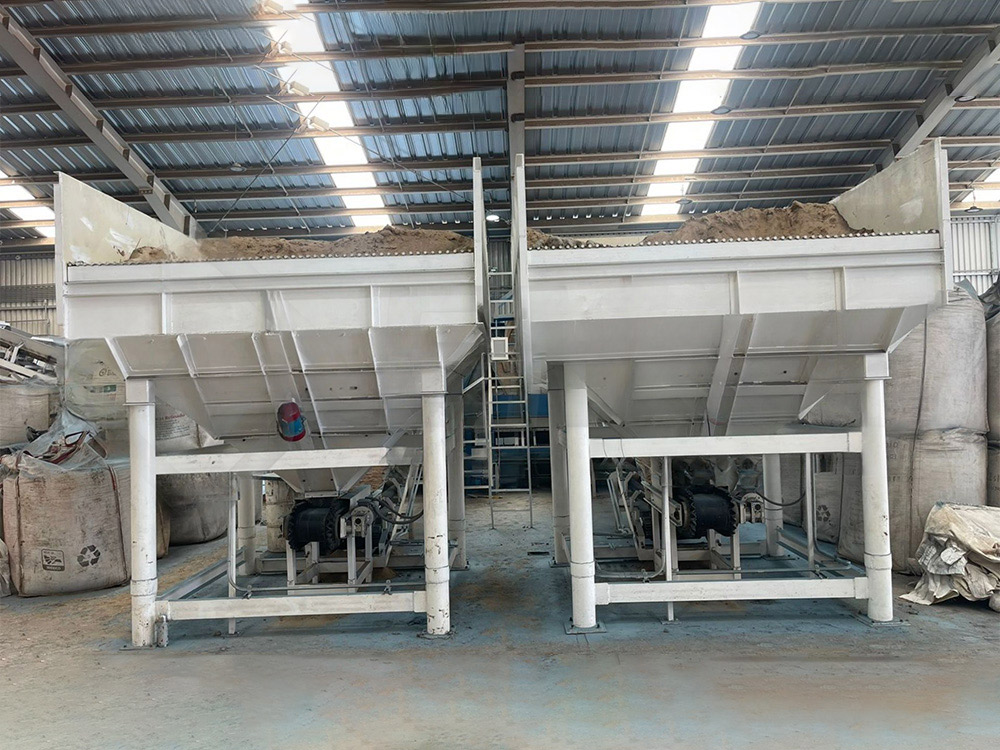
Step 3
The pre-feeder stops first, the displayed quantity obtained in the second step is all on the weighing feeder and then the weighing feeder stops, the standard quantity is obtained by static weighing.

Step 4
Correct the deviation of the displayed quantity obtained in the second step by comparing it with the standard quantity obtained in the third step to obtain the new range calibration coefficient.
What Else Does TONGLI offer?
Our Products
We are the industry heads and produce the most reliable and trendy fertilizer production line solution you are looking for.
NPK compound fertilizer steam granulation solution
Suitable for making compound fertilizers, organic fertilizers and mixed fertilizers with diversified formulas with large output
NPK roller extrusion granulation method production
Save energy consumption, flexible output, small investment
High tower prilling method npk fertilizer production
Large investment, large output, suitable for making high-nitrogen NPK compound fertilizer
BB fertilizer blending line
Small investment, flexible output, and can mix a variety of formulas
The only place where you’ll get the perfect solution for fertilizer industry needs.
Frequently Asked Questions
1. Installation: After the machine arrives at the factory, it will be installed in conjunction with the process, indicating the elevation and horizontal position, tilted installation, generally tilted at 2-5 degrees (which can be adjusted to make the user’s needs), and the machine bracket and transmission frame even ground angle holes, which can be mounted on rolled condensed soil.
① machinery each base and the foundation between the pad into the deed-shaped mat board thickness should not be greater than 30-35mm;
② the height of the base with the deed-shaped pad to adjust the height of the base to make the base 5 degrees of inclination;
③ After each base is adjusted properly, put the cylinder on the support and adjust the carrier wheel;
④ Install the drive part of the film wrapping machine;
⑤ Be sure that the bracket wheel, transmission device and cylinder are properly adjusted and start pouring cement, and after 8-10 days, start the no-load test run after the cement is solidified;
⑥ Method of adjusting the position of the machine body:
a. On the full length of the left and right sides of the machine body, install two parallel steel wires with a diameter of 0.5-1mm and check the level of the wires with a level meter;
b.Lower two phase hammers tangent to the rolling circle from each rolling circle down the sides of the dryer;
c.Measure the distance from the steel wire to the wire drop to detect the body in the horizontal position;
d. Measure the relative vertical elevation of the two rolling circles to check the position of the machine body in the vertical plane;
e. Use the method of moving the electric torque wheel to adjust the measurement of the two articles c and d, so that the machine body is in the correct position;
2. No-load test run:
1). Uninterrupted no-load for 8 hours, the temperature of each bearing should rise smoothly, and the temperature of the bearing should not be higher than 50 degrees Celsius at the termination of the test run;
2). The noise of gears should be average and should not be high or low;
3). After the test run, the bearings shall be observed without serious wear and abrasion.
A.Starting the machine
1. The following preparations should be made before starting the film wrapping machine;
a. Check and adjust the powder feeding device and protection equipment;
b. All bearings and lubricating devices of friction surfaces should have appropriate quantity of grease;
2. It is forbidden to start the film wrapping machine without checking the film wrapping machine and auxiliary mechanical equipment;
3. The steps to start the film wrapping machine are as follows:
a. Start the motor of the film wrapping machine.
b. Start the feeding and discharging conveying equipment.
B. Stopping
1. The steps to stop the film wrapper are as follows:
A. Stop adding raw material to the wrapper;
B. Turn off the drive motor of the wrapping machine;
C. Stop the equipment for transporting granular materials;
1. Dry grease should be smeared at the gears before starting the machine;
2. Dry grease to be smeared on the surface of rolling belt once in 7 days;
3. Bearing housing to be hit or renewed with new dry grease every three months;
4. Add gear oil once before the reducer is used and replace it every four months thereafter;
Pinion gear is worn, install pinion gear upside down, if both sides are worn, new gear is needed.
The intermediate connection between the large gear and the cylinder is damaged, adjust the connection and make appropriate treatment if necessary.
Clamping roller belt to the side of a concave joint
Clamp the belt to the concave joints with pads or wedges, but beware of over-clamping, which can lead to accidents, but uneven tensioning can cause the machine to jump and vibrate.
Wheel wear Refurbish or replace the wheel according to the degree of wear
Block wheel wear Repair, move, or replace with new block wheel depending on degree of wear
Simple body vibration

